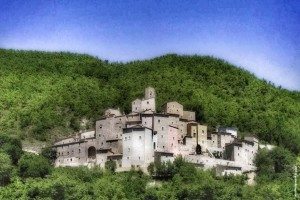
Only ruins remain of La Rocca, what was once the castle of the Counts of Nocera. Here Saint Rinald, bishop and patron saint of Nocera, was born. The hamlet of Villa – still inhabited – was once the castle’s farmland. Source: “La via di Francesco” – Edizioni San Paolo S.r.l.
DETAILS
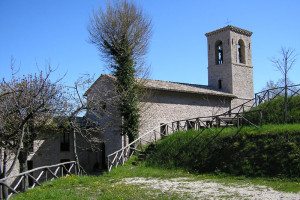
A hamlet with an odd name (possibly from the contraction of “Costa di tre chiese”), where the pretty 11th century Chiesa di Santo Stefano is located. Nearby, the Fonte del Sanguinone, documented from 1128, still provides water to the nearby houses, after having done so for centuries for the town of Assisi, thanks to a Medieval …
DETAILS
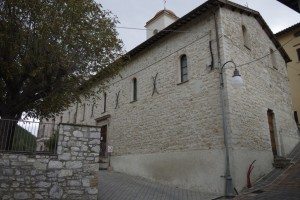
The Franciscan Sources contain a number of passages recounting how Francis was taken to this area to find comfort for his physical suffering through the mild climate and curative waters here. It was here that the knights of Assisi came to meet Francis, taking him back to die in his hometown, as he requested. Aside …
DETAILS
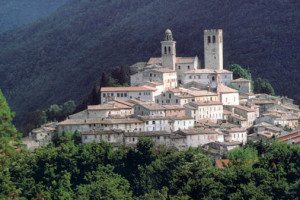
Saint Francis visited Nocera a number of times, as the city was at an important crossroads along the historic Via Flaminia towards Fano, and an alternative route for the March of Ancona. The saint was also friends with Saint Rinaldo, bishop during Francis’ life and now patron saint of Nocera. Rinaldo was one of the …
DETAILS
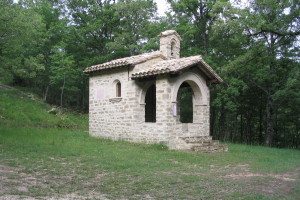
This tiny church was built in 1926 by the Compagnia dei Cavalieri on the site where the village of Satriano once stood. According to the Franciscan Sources, when the citizens of Assisi heard that Saint Francis was dying, they sent a delegation of knights to form a solemn procession, transporting the saint back to the …
DETAILS
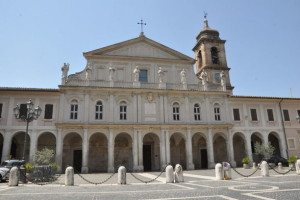
The image of this city is strongly linked to its steel mills and industrial development, but Terni is also one of the oldest cities in Umbria, as the Roman ruins of the Teatro Fausto confirm. Interesting local churches include the Duomo, the ancient Chiesa di Sant’Alò (a tiny Romansque gem), the Chiesa di San Salvatore, probably built on the site of a …
DETAILS
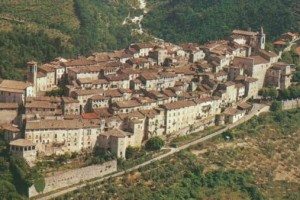
Set on an olive grove-covered hill, partly-walled Stroncone retains its historic atmosphere. The entrance to town is particularly picturesque thanks to the 17th century fountain and ancient castle gate. The Medieval Palazzo Comunale and the churches of San Nicolò and San Giovanni Decollato are worth a visit. Source: “La via di Francesco” – Edizioni San …
DETAILS
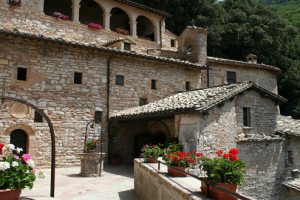
Mount Subasio was home to a number of hermits even before the time of Saint Francis; the saint and his brothers began to retreat to a small chapel and surrounding grottoes on this mountain around 1206. The oldest part of this convent dates from the middle of the 15th century; it was expanded to its …
DETAILS
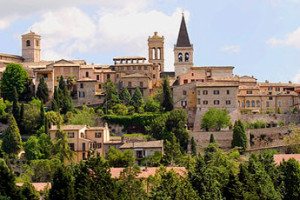
Spello blends its Medieval winding alleys and stone houses with a number of earlier Roman ruins, including the Porta Consolare (1st century B.C.), the Porta Urbica (or Porta San Ventura), and the Porta Venere—flanked by the two twelve-sided Torri di Properzio–from the Augustan age. The most important among its churches is Santa Maria Maggiore, dating from between the 12th and …
DETAILS
© FRANCESCO'S WAYS | Privacy Policy | Crediti
